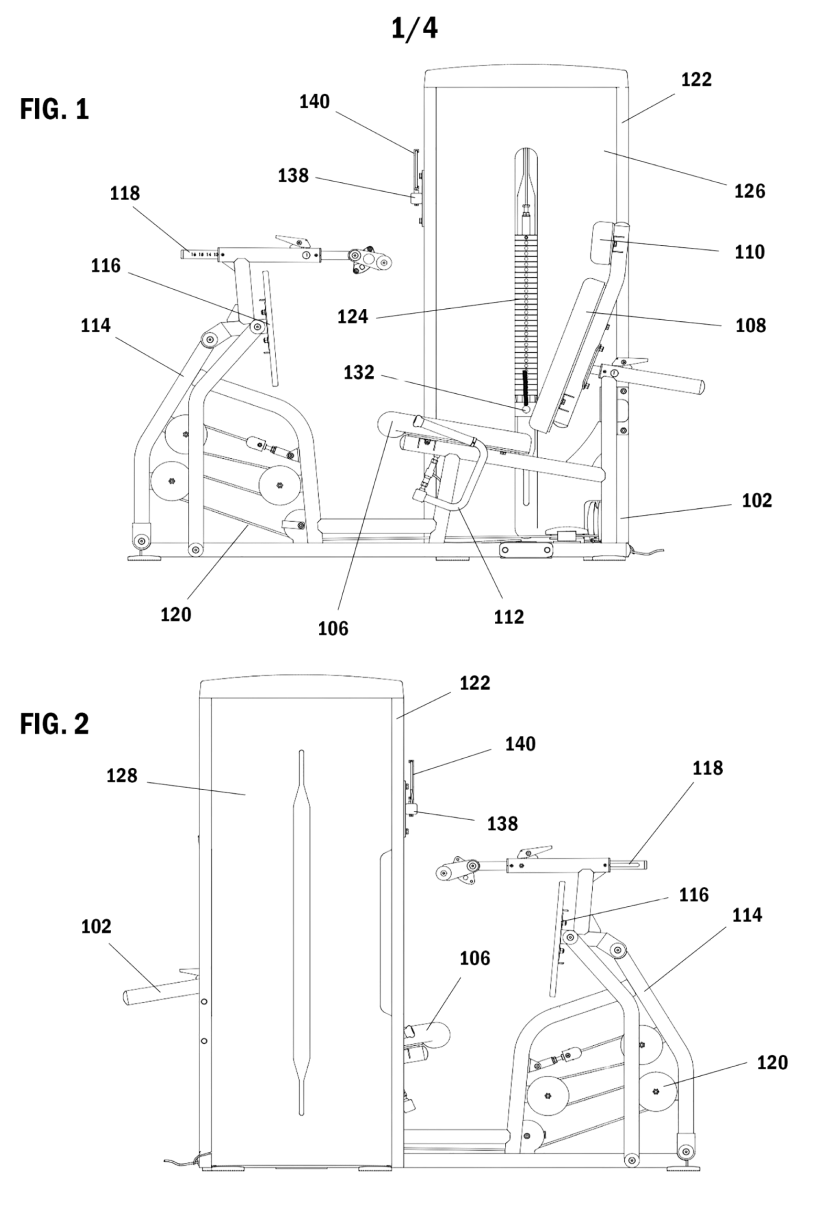After filing, your patent application enters the review phase, where a patent examiner will evaluate your invention for novelty, non-obviousness, and utility. The timeline for this phase can vary significantly:
- Accelerated Examination (4-12 months): If you choose to pay an additional fee for accelerated examination, the patent office may issue a first action on your application within 4 to 6 months. The entire process, including any back-and-forth with the examiner, can be completed in 12 months or less. We recommend this option!
- Standard Examination (2-3 years): Without acceleration, the review process typically takes 2 to 3 years. The examiner may issue office actions that require responses, which can further extend the timeline.


